





This is fast approaching my favorite lesson for first graders based on ease and simplicity. They love doing this lesson. It's a messy one, so be prepared for lots of clean-up, but it's very easy to do. Full instructions can be found here.
This year, instead of using regular tempera paint with this lesson, I added metallic paint to the mixture. I think the results are stunning!
These beautiful images are from Mrs. Cordero-Rabe's 1st grade class at Brandon School.

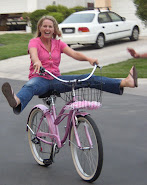






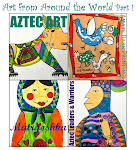
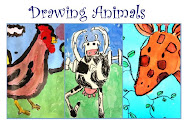
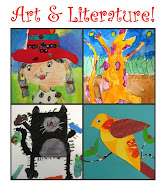


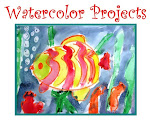





4 comments:
Patty P!!!
I must not have the art teaching skills that you have. Ok, well I should not state the obvious. I tried this with my class, but their prints did not turn out that good. Maybe the leaves in Sweden are not as good for print making as the ones in the USA. Can I import you here? :-)
I miss having you as an art teacher!!! But I just keep trying the channel you as I teach art on Monday afternoons. :-) We did the drawing of the rolling hills and Mountains with the warm and cool colors. That turned out really well. Yeah!!!
Hi Anna!
So I think I might have left out one teensy tip. make sure the kids paint the "veined" side of the leaf and not the flat part....maybe this could have helped???
Good to hear from you!
I tried this and I am an art failure!
It looks awful. The tempera paint colours are brilliant like yours. The white leaves look great but it's the tempera around them that isn't working.
Does tempera paint go bad? It doesn't stink but I've had it around awhile.
Could it lose it's lustre?
Any help would be appreciated!
An art wanna-be! :)
Art wanna-be,
You aren't an art failure! remember, with art, its the process that's more important than the end result.
Now for the technical difficulties: The brand of tempera paint might affect the outcome. I use Crayola brand, which is thick and creamy. Other brands might be less opaque. Another reason why the surrounding colors might not be working is the sponge. Make sure the sponge is damp, not wet. Extra water will cause the tempera paint to thin, thus not being thick enough to cover the black paper.
One more thing to consider is the color of paints you are setting out. Make sure they are able to blend with one another so that they don't end up looking like mud. Use blues, green and purple combo's or red, orange and yellows.
Hope this helps and good luck!
Post a Comment